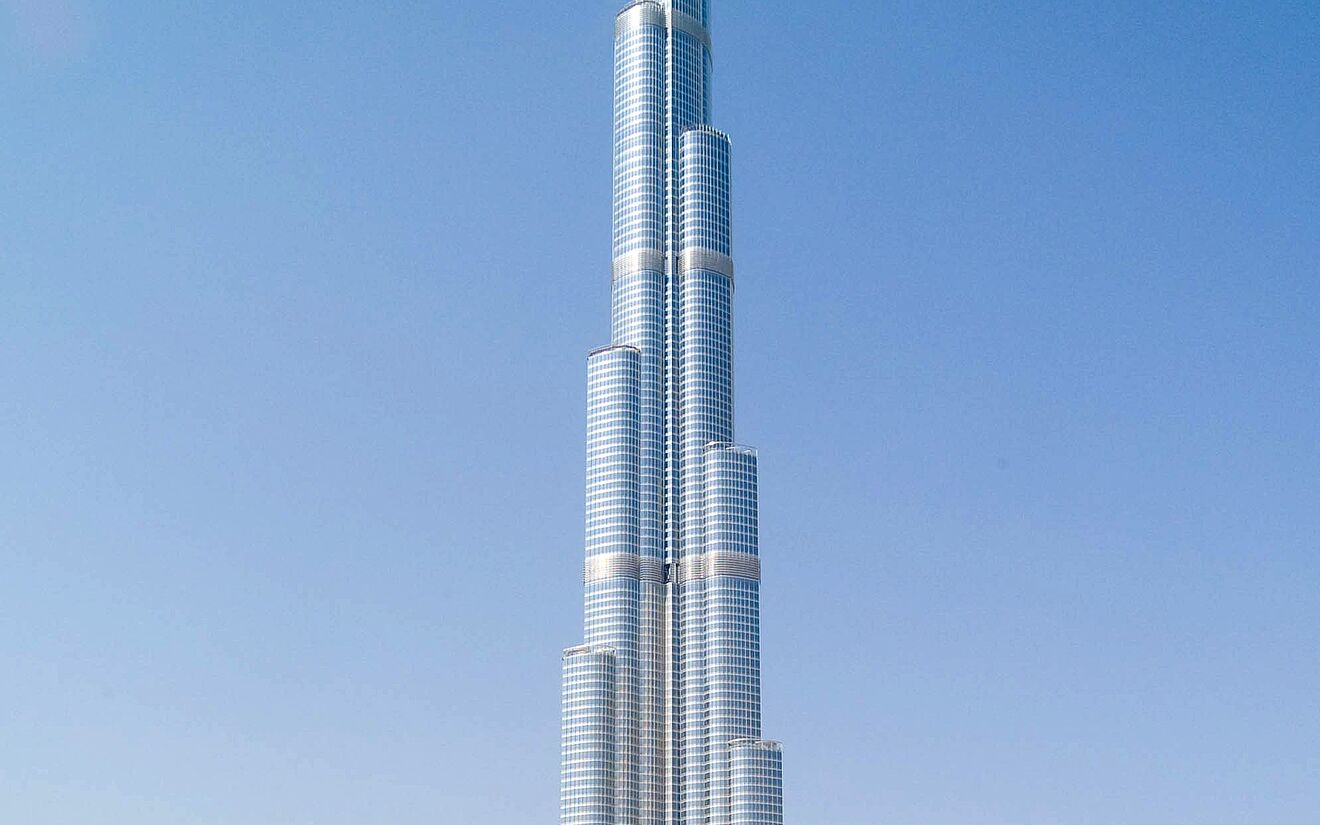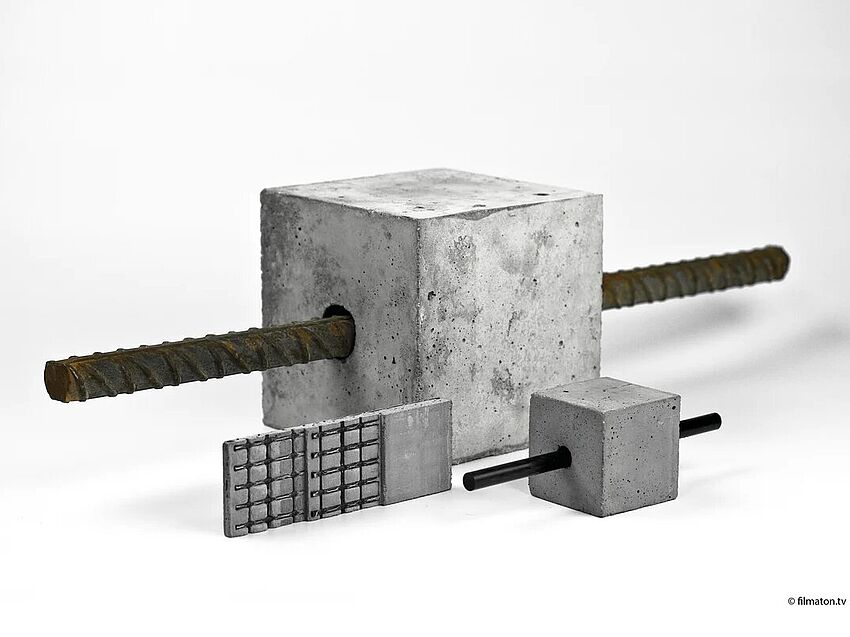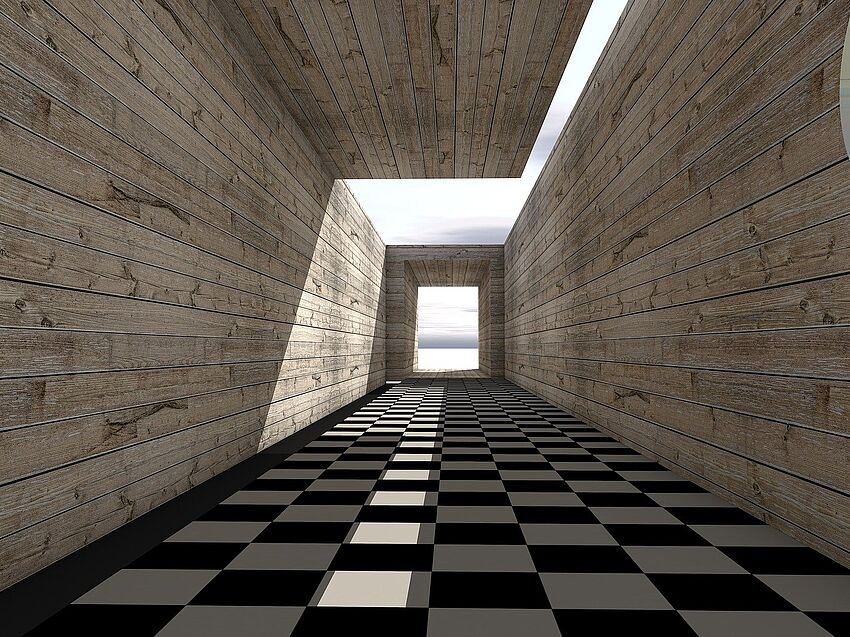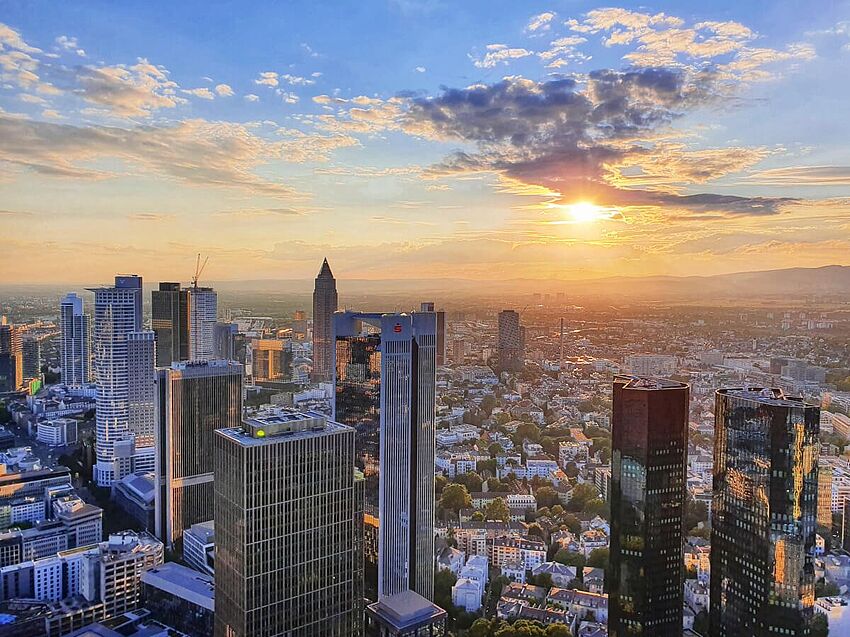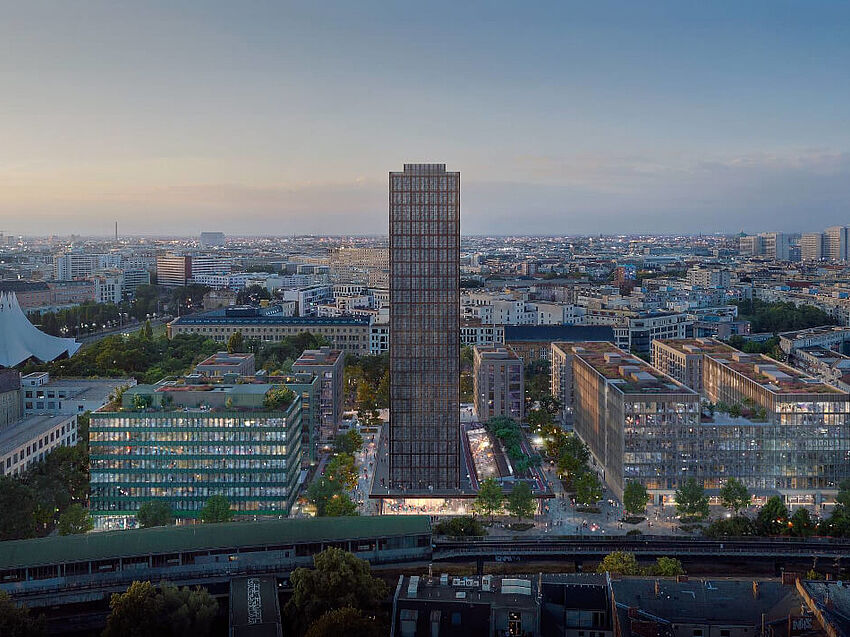Carbon concrete: building material of the future for sustainable construction
Humans have always strived to reach new heights – out of awe, ambition, or simply out of necessity. Even in early civilizations, large structures were an expression of power and significance. Towers and temples reached up to the heavens, often with the desire to get closer to the divine.
At the same time, they served very practical purposes. In times without navigation systems or digital maps, the world’s tallest buildings served as visible landmarks – recognizable from afar and firmly anchored in the cityscape.
Today, other factors are driving construction skyward: densely populated cities, scarce building land, and the desire to set new standards with spectacular architecture. The answer to how tall the world’s tallest building is never stays the same, as the race to reach new heights continues.
Taller, more unusual, and more spectacular – that’s what matters today. Creativity, technology, and engineering know almost no bounds. Here we take a look at the current record holders: the 10 tallest structures in the world.
1st place: Burj Khalifa (Dubai, United Arab Emirates)
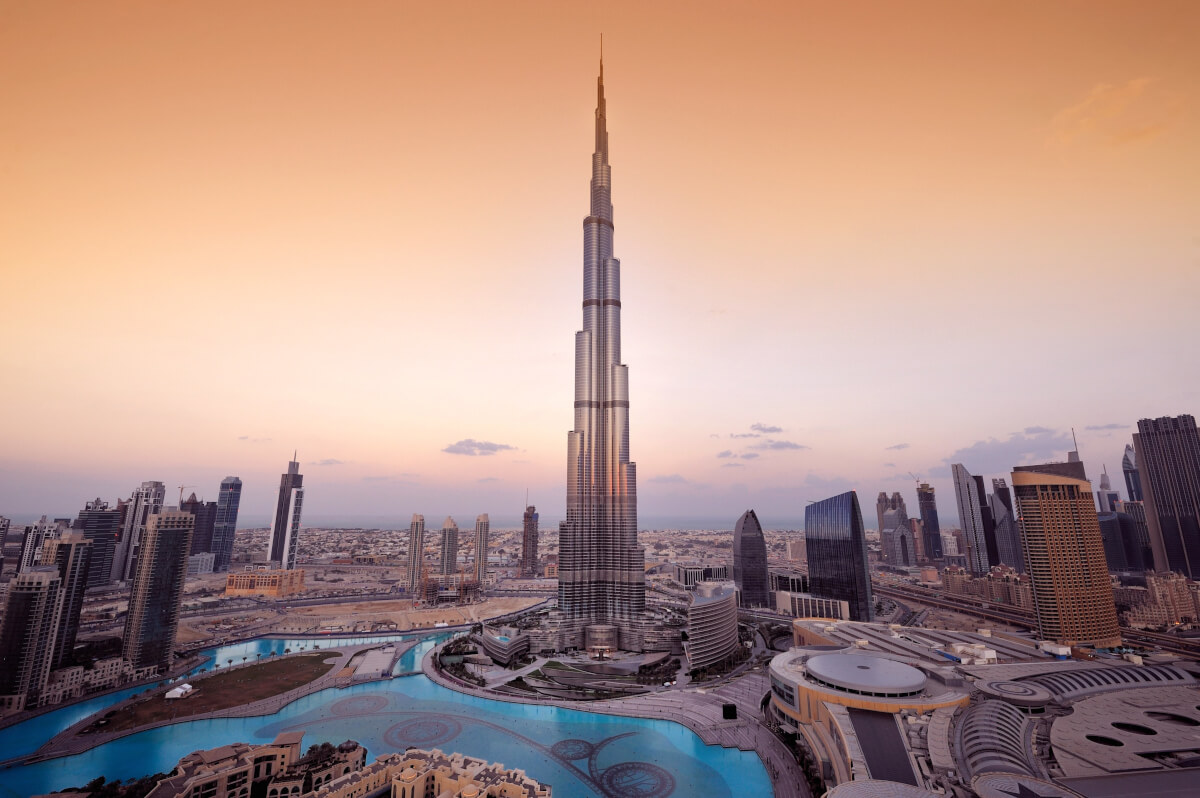
At a height of 828 meters, the Burj Khalifa is currently the undisputed tallest skyscraper in the world. Construction took around six years, with total costs amounting to almost one billion euros. A total of 330,000 cubic meters of concrete and large quantities of steel and other materials such as glass were used in its construction.
The building has 163 usable floors, which house offices, luxury apartments, fitness and wellness areas, a hotel, a restaurant, and a mosque, among other things.
2nd place: Merdeka 118 (Kuala Lumpur, Malaysia)
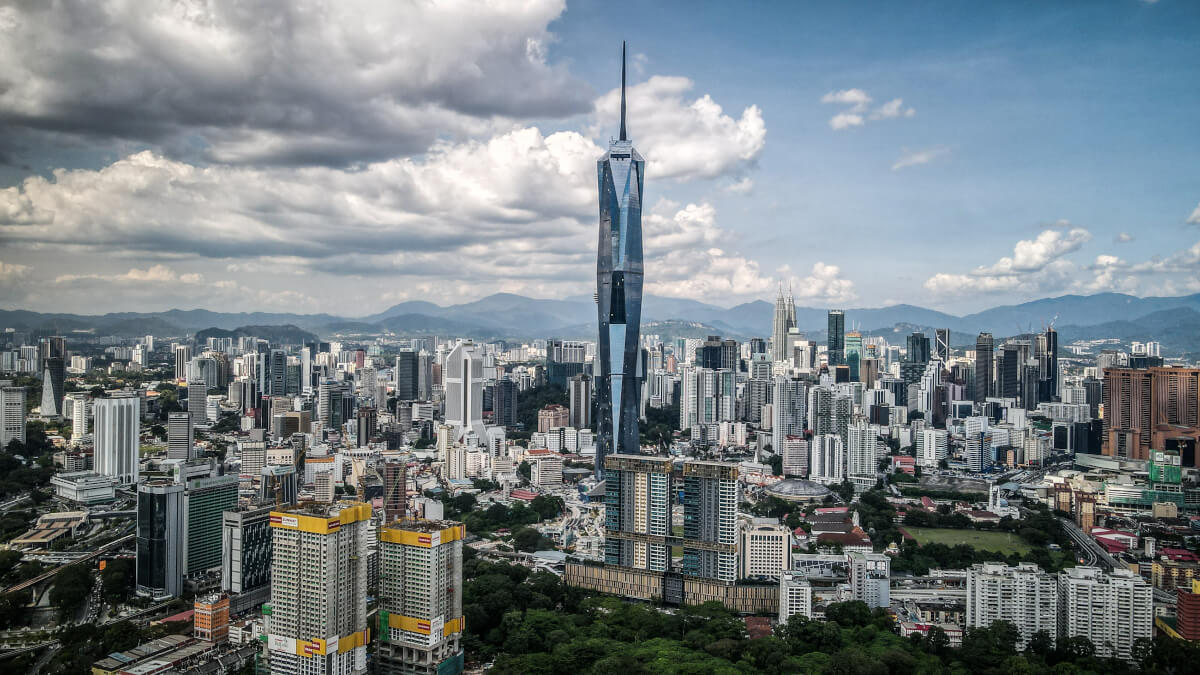
With a height of approximately 679 meters, Merdeka 118 has been the second tallest building in the world since its completion in 2023. The futuristic skyscraper rises above the Kuala Lumpur skyline and is visible from afar – not least thanks to its striking architectural spire, which is included in the total height.
As one of the largest buildings in the world, Merdeka 118 comprises a total of 118 usable floors. It houses office space, a hotel, a public viewing platform, and various cultural institutions. The name “Merdeka” means “independence” – a reference to the symbolic significance of the project for Malaysia.
3rd place: Tokyo Skytree (Tokyo, Japan)
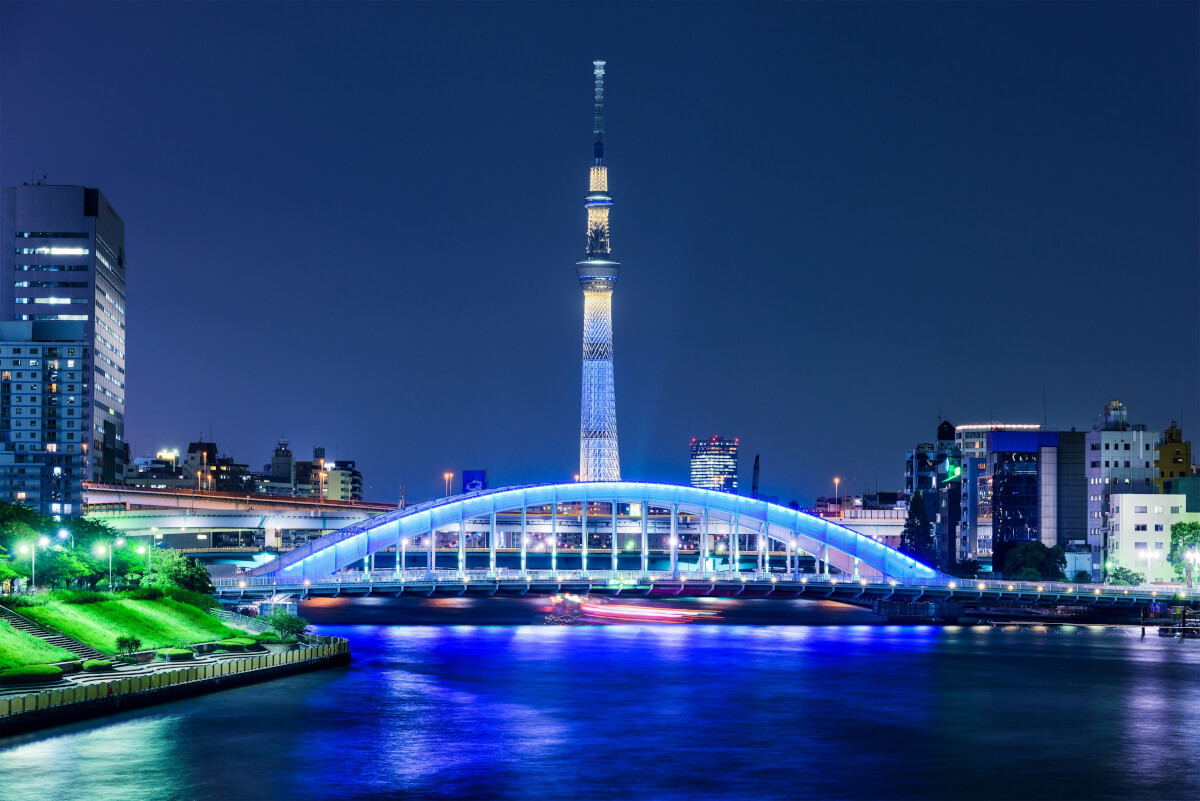
This television and radio broadcasting tower is 634 meters high and dominates the skyline of the Japanese capital. The Tokyo Skytree stands out as one of the most striking towers worldwide. Construction took four years and cost 60 billion yen, which is equivalent to around 450 million euros.
In addition to its function as a transmission tower, the Skytree is one of Japan’s most visited attractions. Two glass observation decks offer spectacular views over Tokyo. With its elegant design, it is considered the world’s largest freestanding tower built specifically for digital signal transmission and a masterpiece of modern engineering.
4th place: Shanghai Tower (Shanghai, China)
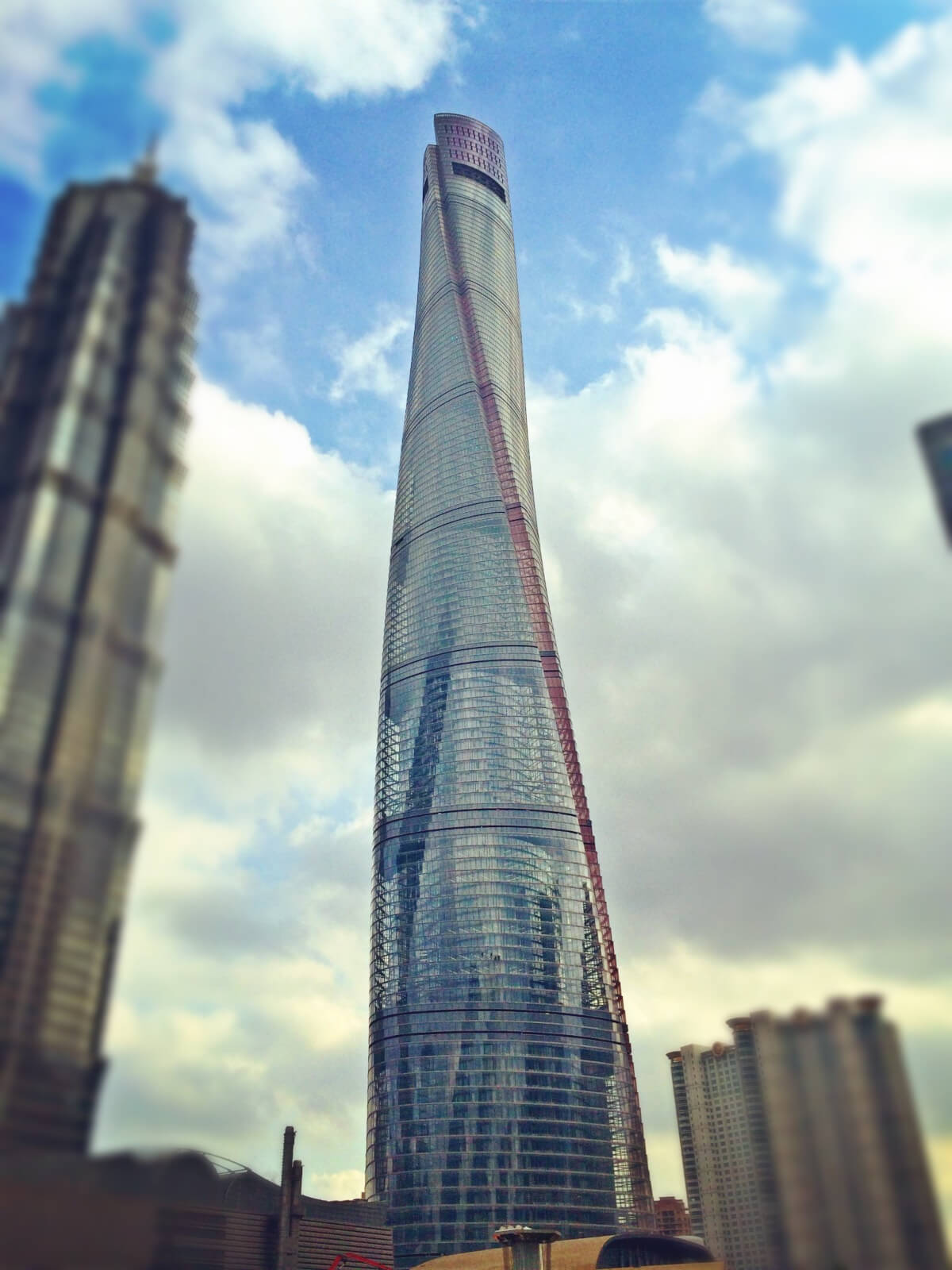
At 632 meters, the Shanghai Tower is an architectural landmark in the heart of the Pudong financial district. Construction took around seven years and combined state-of-the-art materials such as steel, reinforced concrete, aluminum, and glass to create an elegantly twisted tower shape that reduces wind loads. The skyscraper has 128 above-ground and five underground floors with a total area of approximately 420,000 square meters. A total of 106 elevators – including some of the fastest in the world – connect offices, conference rooms, an observation deck, and retail and service areas.
5th place: Abraj Al-Bait Clock Tower (Mecca, Saudi Arabia)
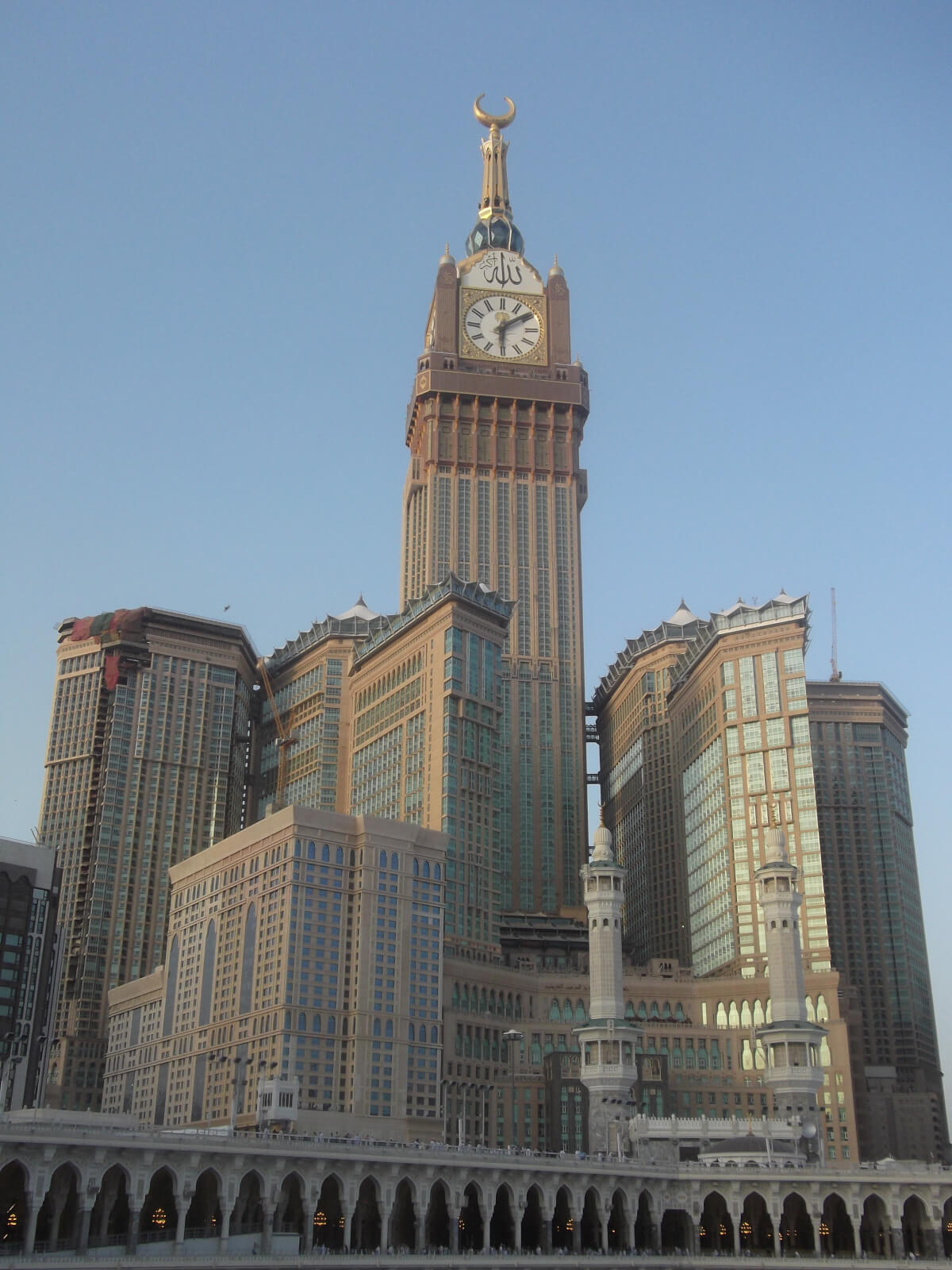
At 601 meters high, the Abraj Al-Bait Clock Tower is Saudi Arabia’s tallest building and one of the most remarkable large buildings in the world. The monumental hotel tower stands right next to the Holy Mosque in Mecca and is part of a gigantic building complex that provides accommodation and infrastructure for pilgrims from all over the world.
At the top of the tower sits the world’s largest clock – four 43-meter dials illuminated by two million LEDs. The intricately crafted glass mosaic consists of over 90 million individual pieces, adorned with the coat of arms of Saudi Arabia. With construction costs of around 14 billion euros, the complex is also one of the most expensive buildings in the world.
6th place: Canton Tower (Guangzhou, China)
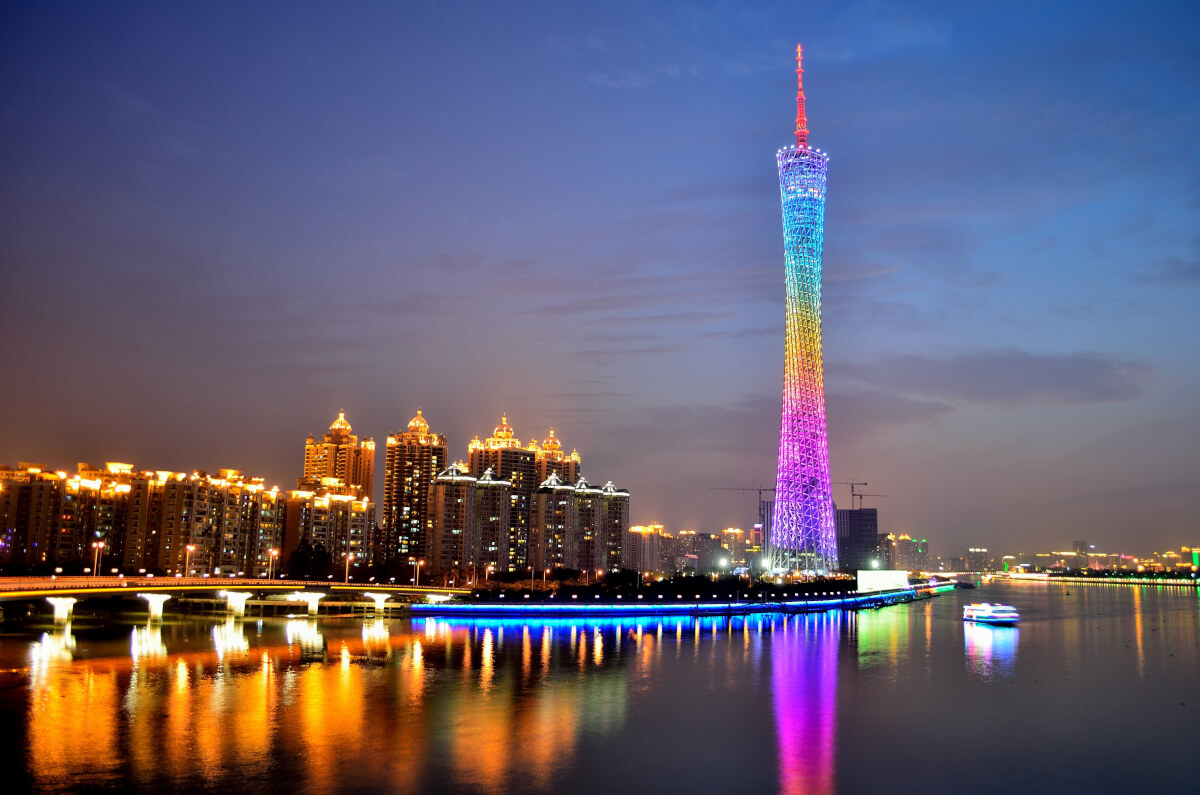
With its elegant shape and technically precise construction, the Canton Tower is one of the most extraordinary television and observation towers in the world. Its delicate silhouette is based on a hyperbolic structure consisting of two ellipses twisted against each other – a distinctive feature in the Guangzhou skyline.
The structure rises 600 meters into the sky and combines technology with experiential architecture: in addition to technical facilities, it houses exhibition rooms, a conference center, a cinema, restaurants, tea houses, gardens, and other leisure facilities. As one of the world’s most famous tall structures, the Canton Tower is a symbol of China’s modern building culture.
7th place: Ping An Finance Center (Shenzhen, China)
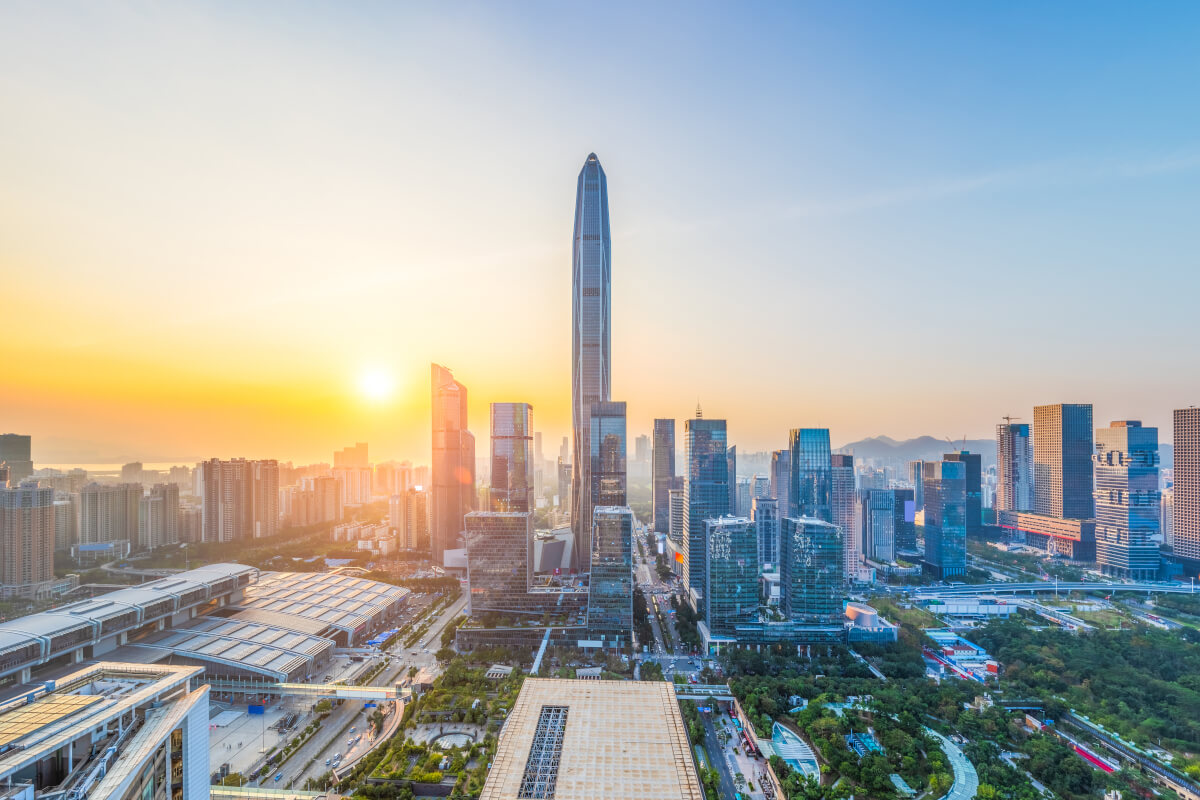
In the heart of Shenzhen, China’s financial capital, stands one of the most modern and slender skyscrapers in the world: the Ping An Finance Center. The futuristic skyscraper reaches a height of 599 meters and impresses with its clean lines and mirrored glass facade, which transforms subtly as the daylight changes.
A total of over 100 floors house office space, conference rooms, retail outlets, and a viewing platform on the top floors. The building is a technical masterpiece and a symbol of the region’s economic rise. It is also one of the tallest buildings in the world dedicated entirely to commercial use.
8th place: Goldin Finance 117 (Tianjin, China)
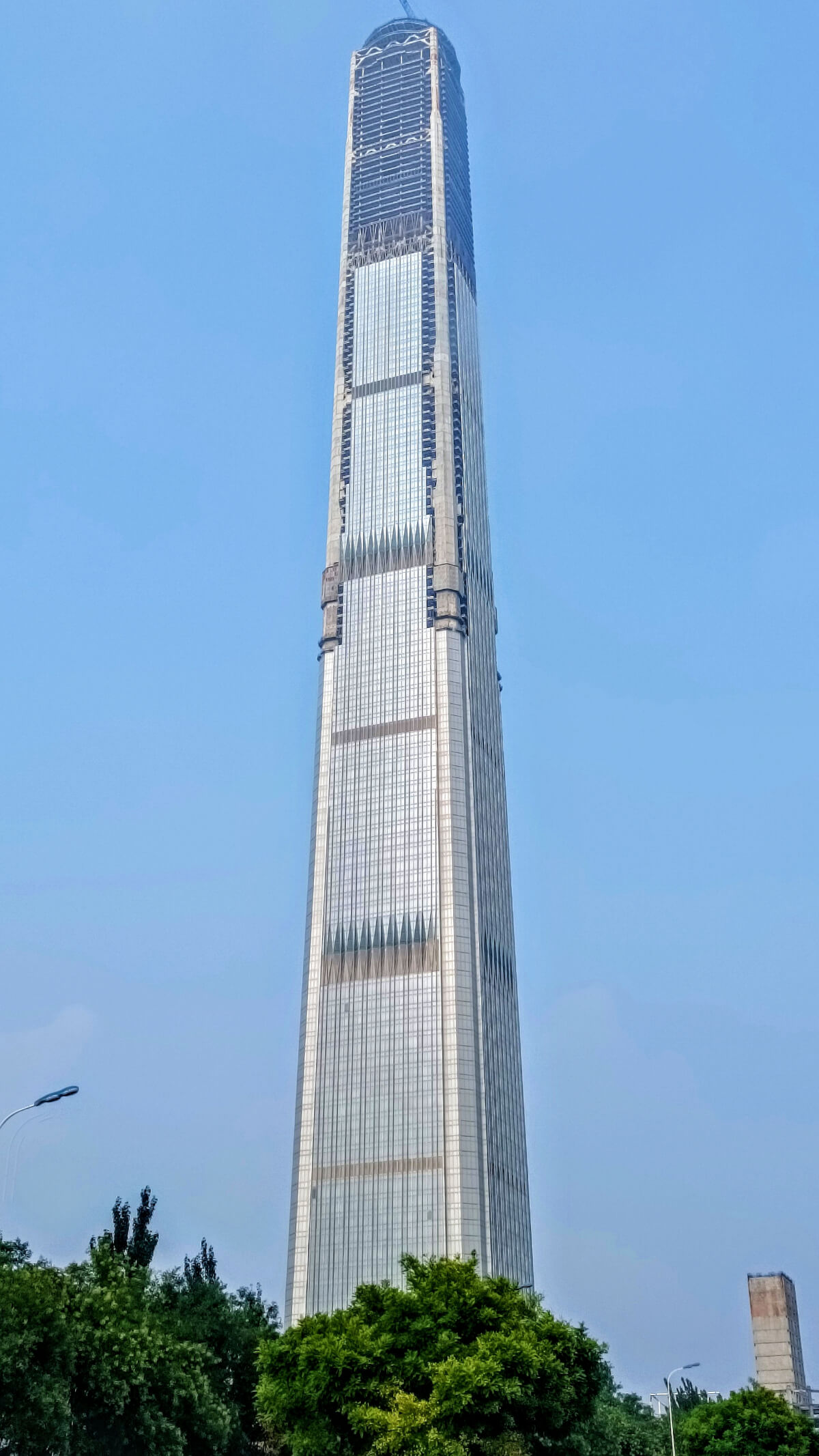
With a structural height of 596.6 meters, Goldin Finance 117 is the tallest unused building in the world. The futuristic skyscraper in Tianjin was completed in 2015, but since then the building has stood idle – without interior finishing, use, or approval.
In April 2025, it was announced that construction work would resume, with completion planned for 2027. The tower, often referred to as “China 117 Tower,” was originally intended to contain office space, a luxury hotel, and a diamond-shaped atrium with a swimming pool and viewing platform. Whether these plans will be realized is currently still open for discussion.
9th place: Lotte World Tower (Seoul, South Korea)
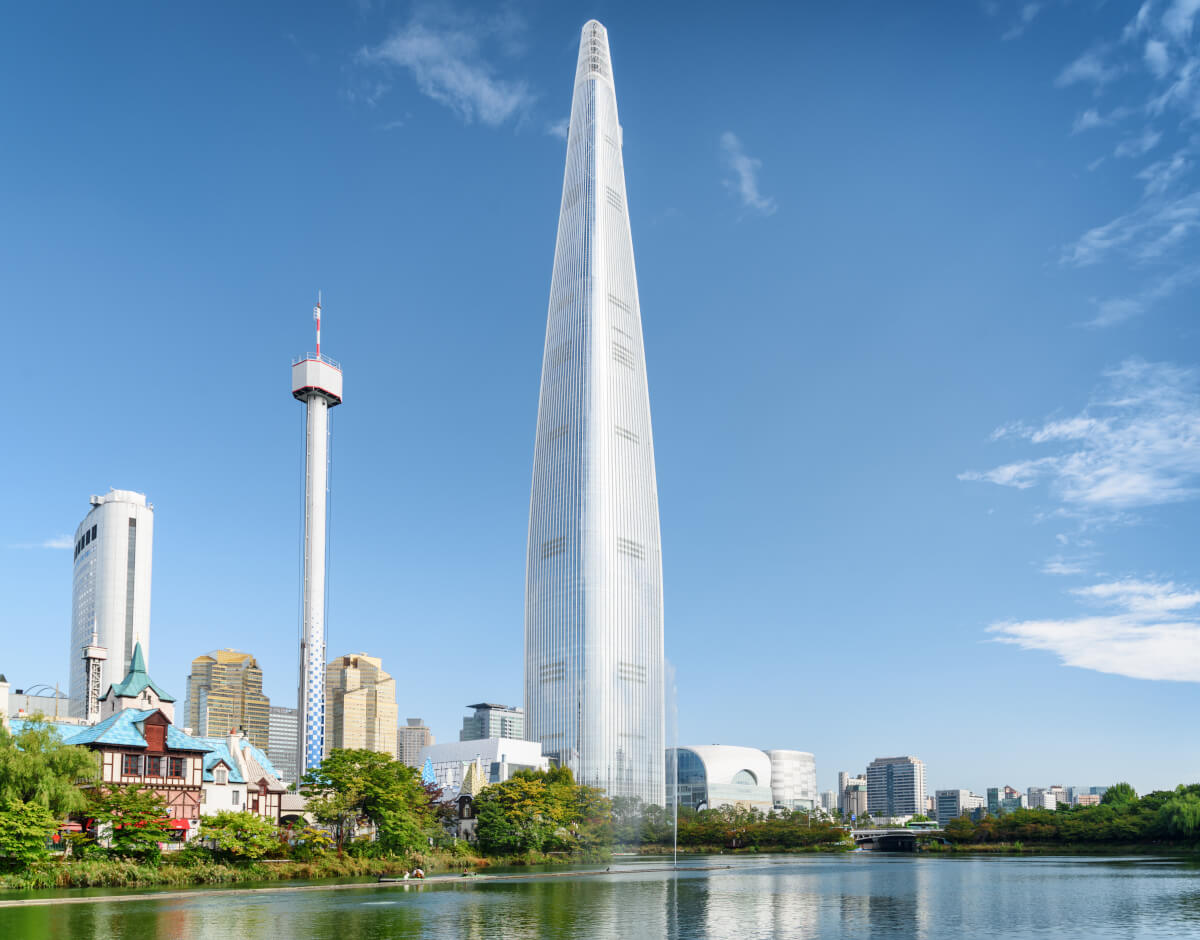
In the heart of the South Korean capital stands the Lotte World Tower, one of Asia’s most outstanding skyscrapers. The slender, conical structure reaches a height of 555 meters and was opened in 2016 after six years of construction.
The tower has over 120 floors with a variety of uses: luxury apartments, offices, a shopping center, a seven-star hotel, and a publicly accessible observation deck on the top floors. As one of the tallest buildings in the world, the Lotte World Tower combines technical precision with aesthetic elegance and is a central landmark of Seoul.
10th place: CN Tower (Toronto, Canada)
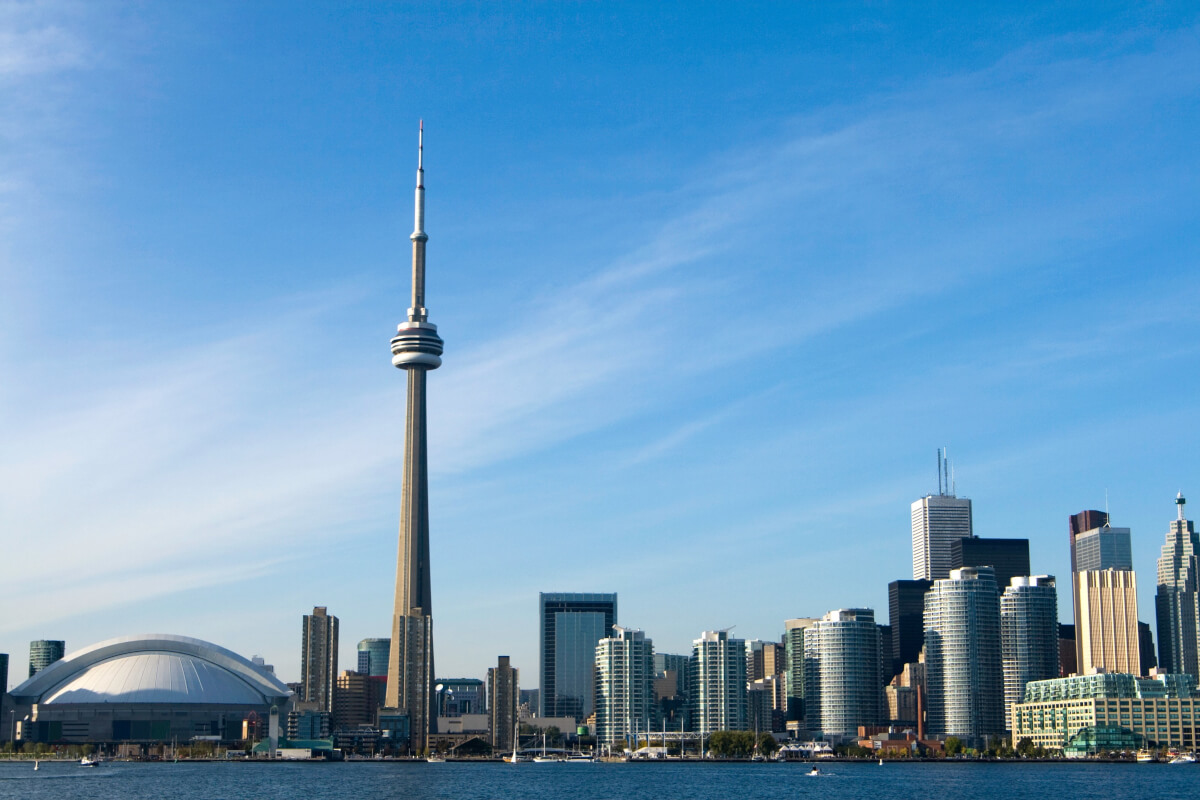
Once the tallest free-standing tower in the world, the Canadian National Tower, or CN Tower for short, is an architectural landmark of Canada. The 553-meter-high television tower was completed in 1976 and has dominated the Toronto skyline ever since. Construction costs amounted to around 63 million Canadian dollars, which is approximately 250 million euros today, after adjusting for inflation.
In 1995, the CN Tower was named one of the “Seven Wonders of the Modern World” by the American Society of Civil Engineers. The CN Tower continues to be regarded as a technical masterpiece and popular tourist attraction with viewing platforms and a restaurant offering panoramic views.
The race for the world’s tallest building continues
The title of the world’s tallest building could soon be claimed by a new contender, as the Jeddah Tower (formerly Kingdom Tower) is currently under construction in the Saudi Arabian port city of Jeddah. After several years of construction delays, work officially resumed in January 2025.
With a planned height of over 1,000 meters, the tower is set to significantly surpass the previous record holder, the Burj Khalifa. The futuristic megaproject will comprise around 157 floors and offer a mix of offices, apartments, a hotel, and what will be the world’s highest observation deck at a height of more than 500 meters.
Completion is currently scheduled for 2028. If everything goes according to plan, the Jeddah Tower will be the new benchmark among the world’s tallest buildings.
